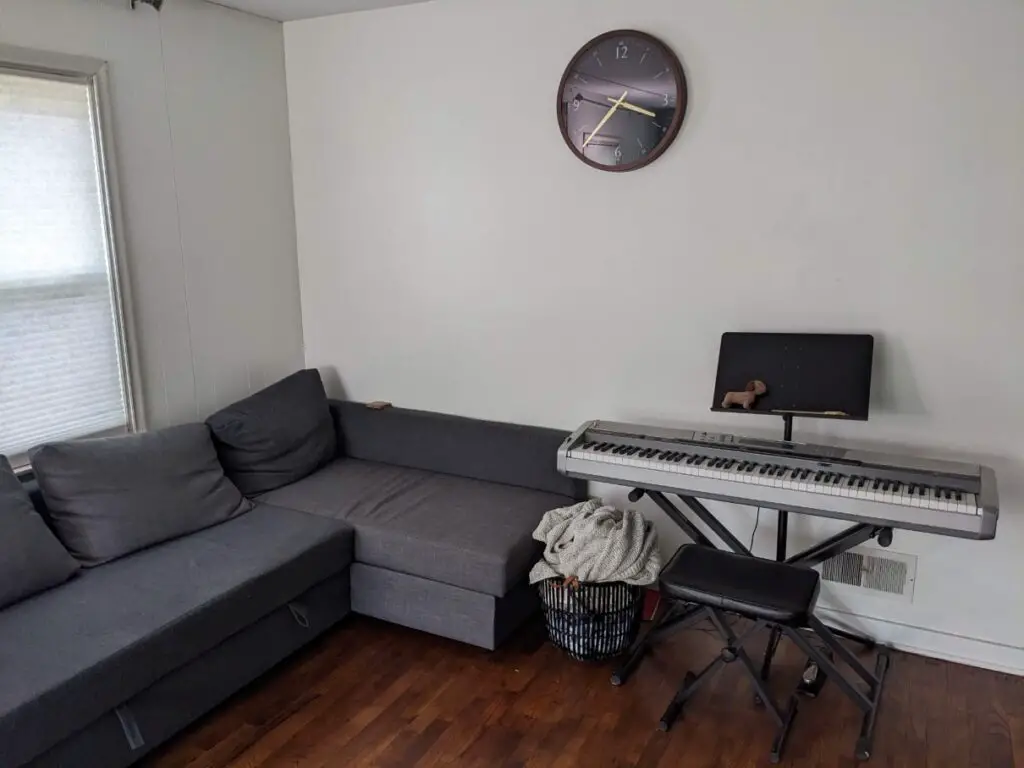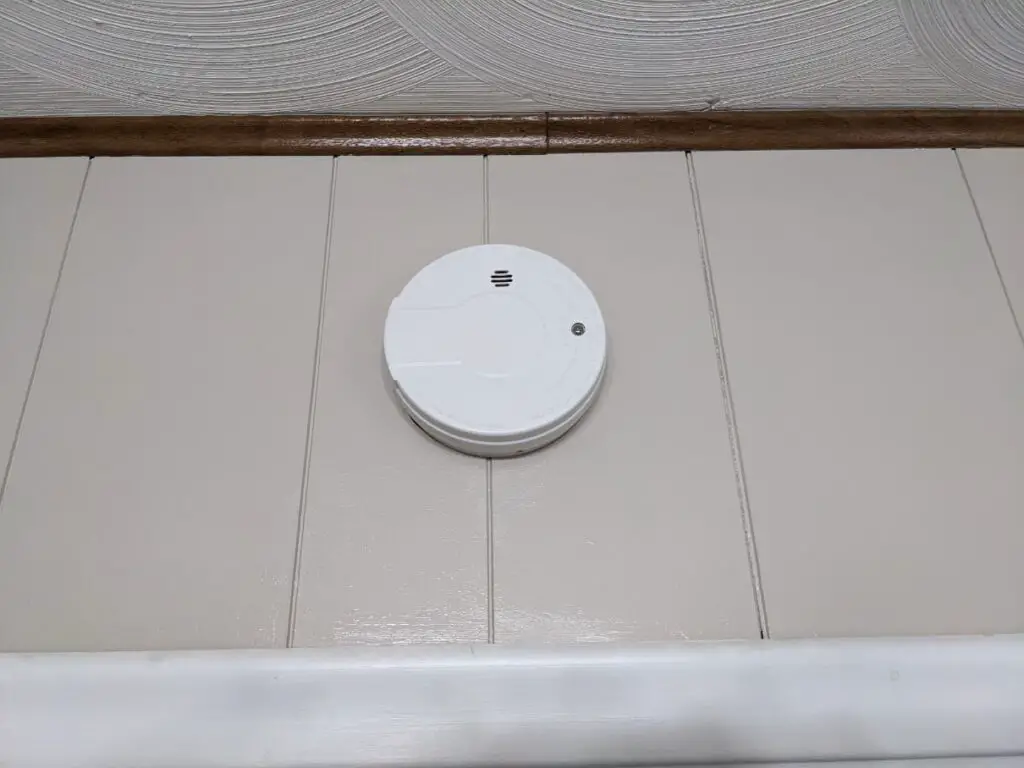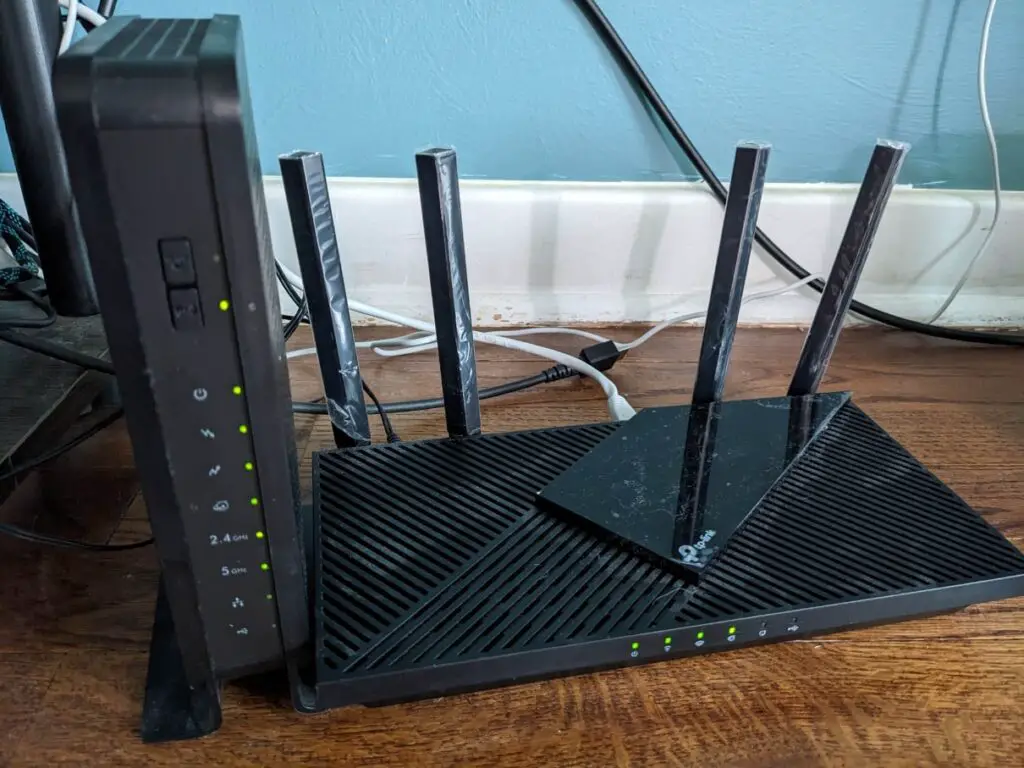Moving into your new apartment is quite the process. Unfortunately, there’s more you need to do before you’ve finished settling in.
Take pictures of your belongings, set up utilities, and familiarize yourself with the day-to-day elements of your new complex after moving into your apartment to transition seamlessly.
Let’s take a deeper look at some of the things you’ll need to feel at home in your new apartment.
Take Pictures of Your Stuff (Insurance)
The Benefits of Documentation
Documenting the contents of your apartment can help save you time and money in the event that something happens to it.
Whether it’s a natural disaster or theft, documenting what you own can help speed up the insurance claims process and ensure that you receive compensation for any items that have been lost or damaged.
Additionally, if there is ever any dispute between yourself and your landlord or property manager, having pictures of everything in its original condition will provide valuable evidence in your favor.

How to Document Your Belongings
Taking pictures of all your belongings is a relatively easy process, although it may take some time depending on how much stuff you have!
Start by taking photos of each room from multiple angles so that everything is clearly visible and documented. Then move through each room slowly, taking detailed shots of all furniture, decorations, appliances, electronics, etc., making sure to capture close-up shots as well as far-away shots so that everything is recorded accurately.
Documenting any serial numbers associated with larger items like TVs or computers can be helpful if they are ever stolen or need repairs later on down the line.
Figure out How Packages are Delivered
Understand Your Building’s Policies
The first thing you need to do is find out what kind of policies your building has regarding package delivery.
Every building is different, and yours may have specific rules that govern how packages should be received. For example, some buildings will require all packages to be dropped off at the front desk or lobby area instead of being left outside a door or in a hallway.
Be sure to ask the leasing office about their policies so that you know how best to receive your packages.
Set Up Alternate Delivery Options
Many carriers now offer alternate delivery options so that you don’t have to worry about missing their drop-off window or having packages left outside when nobody is home.
Amazon has secure lockers in many locations (I’ve most often seen them at gas stations) that can be used for package delivery. You can often return packages via lockers, too. I’ve never had an easier or more fun time returning something as I have when returning a package to a locker where I have a package waiting for me.
UPS offers an Access Point Network where packages can be dropped off at participating retail stores such as 7-Elevens or pharmacies instead of being left at the doorstep.
FedEx also offers a similar service called FedEx Hold at Location where customers can pick up their orders from local retail stores such as Walgreens or CVS Pharmacy locations.
All you need for many such services is a valid email address and phone number, which makes this an ideal solution if you don’t have a permanent address yet.
Figure out the Laundry Situation
Check for on-site laundry facilities.
The first step is to see if your apartment complex has its own laundry facilities.
You should already be aware of the on-site laundry situation before moving in, but if it’s not in your apartment room, you may need to get a key from your landlord or property manager to familiarize yourself with the complex’s specific setup.
Look for coin-operated laundromats in the area.
If your apartment complex doesn’t have its own laundry facilities (which is very rare), your next best bet is to look for coin-operated laundromats in the area.
These are usually fairly easy to find, and they can be a good option if you don’t have access to a washer and dryer at home. Just make sure that you bring enough quarters with you!
Greet Your Neighbors (Preferably with a Small Gift)
Get to know your neighbors’ names. This may seem like a no-brainer, but it’s important to put in the effort to learn the names of the people you’ll be living near.
A simple way to do this is to introduce yourself when you see them around the complex or in the hallway.
If you’re feeling extra friendly, you could even bake some cookies or cupcakes and deliver them with a note that has your name and contact information.
You never know when this can come in handy. I helped some neighbors after they got locked out, and the whole experience would have been far less awkward if we had already known each other.
Familiarize Yourself with Breakers, Smoke Detector Placement, Fire Extinguisher, etc.
Breakers
One of the first things you should do when moving into a new apartment is locate the breaker box. Knowing where the breaker box is located allows you to easily turn off power to specific areas in the event of an emergency (or to reset a tripped breaker).
Make sure all circuit breakers are labeled so you know what they control and check them regularly for any signs of corrosion or damage.

Smoke Detectors
Your apartment will have smoke detectors. Locate them so you’re prepared if they go off. It can also help you have peace of mind to simply know they exist, keeping you aware of any dangerous fires (or fried food, haha).
Fire Extinguisher
Every apartment should have at least one fire extinguisher installed in it for emergencies. Make sure you know where it is and how it works so you can use it in an emergency situation.
Consider Getting a Security Camera
A security camera is beneficial for many reasons. It helps to deter potential burglars or criminals from targeting your apartment because they know that they may be caught on camera.
Additionally, if an incident does occur, you have proof of it which will help law enforcement find the perpetrator quickly.
It can also help insurance claims to have video evidence of any funny business. This V3 Wyze security camera can help get you started without breaking the bank. I bought the V2 a few years back and loved the peace of mind it gave me, and the V3 has even more features and mobility.
Transfer Utilities
Your apartment complex should give you all the information you need about what utilities you need to transfer and how to do so. Apartment complexes almost always take care of trash, so no need to worry about that.
The other big ones to watch out for are electricity, gas, and water. If you read your contract as I suggested in this article on preparing for your apartment, you’ll know what utilities you’re paying directly to your apartment.
In my first apartment, all of my utilities were covered in a reasonable flat rate (it was amazing).
In my second apartment, water and gas were a flat rate and paid through my apartment portal. For electricity, however, I had to call and set up an account with a local utility company.
My complex did not make it clear how I was to pay for electricity, so there were a few bumps there, but it eventually got smoothed out. Moral of the story: be proactive with utilities.
Get that Sweet Internet set Up
While cable/internet is often considered a utility, the process is much more independent from the above utilities, so it gets its own section here.
For internet, you can ask your apartment what providers service their area. Double-check this directly with the provider, as I’ve been told incorrectly by apartments at times. Internet companies make this as easy as typing in your new address, which is great.
If you’re new to the company, they’ll usually have a promotion to get you a great deal at a speed higher than you need. Take advantage of it, but keep a watchful eye on when that deal expires, as your rates can double once it ends.
Fortunately, you can usually get another, slightly different deal right after your initial one ends, so don’t be too worried about it.

If you want to spend a bit on the front end to save around $10 per month, you can buy a modem router combo like this baseline model from Netgear. It won’t be quite as fast as the one you would get from the internet company and it adds a few steps to installation, but the monthly savings over the course of several years is pretty nice.
I bought an older model of the above link and it’s lasted me 3 years with multiple internet providers, saving me over $200 as a result (some of which I used to buy this pretty nice router as an upgrade due to working from home).
On the cable side of things, I’ve only had TV subscriptions like Disney+, Netflix, Hulu, and Amazon Prime instead of cable in my adult life, so I can’t speak to all the specifics of that process. That being said, you should be able to simply add it to the internet plan you set up.
Update any Important Documents
Updating your driver’s license may seem like a hassle, but it’s important, especially if you moved to a different state.
Updating your address ensures also helps in emergencies or if the license gets lost, as someone can mail it to you if they find it. That happened to my dad after someone stole his wallet and then lost it, so it can definitely pay off.
You should also update your vehicle registration and insurance information as soon as you move. Again, most important if you moved to a different state.
Finally, don’t forget to update your contact information with your bank and credit card companies. This way, if there’s ever any suspicious activity on your account, they’ll be able to reach you right away to resolve the issue. Plus, it reduces the number of zip codes that you need to remember.
With all of these updates completed, you’re ready to enjoy your new home. Great work!

